You'll definitely need a large heatsink and maybe a fan system. 30A at 5V is 150 watts and a resistance of 0.167 ohms. If you intend to soak it for minutes or hours then fans are a good idea but you'll still need a heatsink to take power away from the candidate silicon that does the business end of taking the current. Here's a circuit idea: -

Bear in mind that this circuit is just the basics. It shows an N channel mosfet driven from an op-amp and there is feedback from a 1 ohm resistor. Basically "Iset" is a voltage demand (lets call it 1 volt and the op-amp tries to get both it's inputs at 1 volt because of negative feedback - this means there has to be 1 volt across R1 and hence there will be 1 amp flowing thru R1.
The difficulties start now - you need a resistor that is more like 0.01 ohms and it will have a power dissipation of 30 amps squared * 0.01 ohms = 9 watt - maybe you can find a 1 milliohm resistor but wiring sense wires to it is always problematic and you'll have to pick the right resistor or you could easily be interpreting 30 amps as 20 amps of 40 amps. The next difficulty is finding a MOSFET that can do the job of shunting the power supply to a resistance of about 0.16 ohms when there is only 5 volts available to drive the gate - you could use a Traco power inverter to give you an op-amp supply of 12V of course but don't underestimate the picking of the MOSFET - in fact I might suggest you need to pick several, all running in parallel from their own respective op-amp thus sharing the current. You can then mount them on a large heatsink and get ready to turn the fans on.

